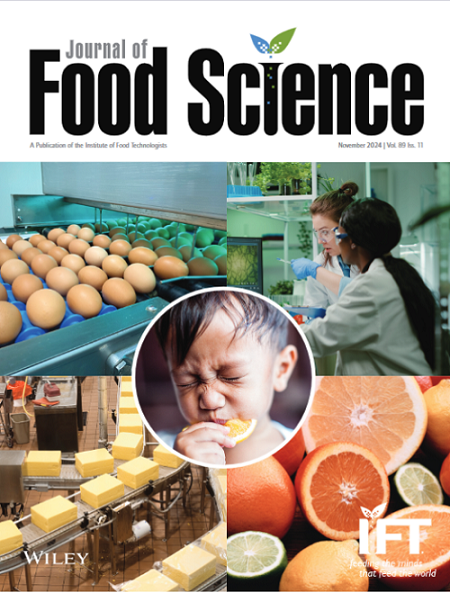Prevalence of toxoplasmosis in natural ungulates as human zoonotic meat-borne pathogens: A systematic review and meta-analysis
Abstract
The increasing consumer interest in game meat, along with the potential transmission of Toxoplasma gondii from game meat to humans, poses significant challenges in assessing the related public health risks. The diverse transmission pathways of T. gondii and its ability to infiltrate host organisms offer an excellent opportunity for enhancing our comprehension of this pathogen's transmission dynamics. Toxoplasma has traditionally been a valuable model for studying host–pathogen interactions and investigating population, community, and environmental or ecological aspects. Therefore, a meta-analysis was conducted to estimate the worldwide prevalence and related ecological factors of parasites in wild ruminants. For this purpose, six data base were searched for studies published up to November, 2024. Apparent pooled prevalence was analyzed using a random-effect model with a 95% confidence interval. Furthermore, a univariate and multivariate meta-regression analyses were conducted to investigate associations of species, socio-demographic, geographical, and meteorological data with the prevalence of parasites. The apparent prevalence of T. gondii in wild ruminants was estimated at 12% across four continents. The pooled prevalence estimate across the three species was relatively consistent, with wild sheep showing a rate of about 12.80%, while wild goats (10.30%) and cattle (14.40%) exhibited a slightly higher prevalence. Meta-regression analyses showed a significant relationship among the variables of wild sheep, goat, and cattle species and subspecies, age, gender, samples, methods, continent, temperature, rainfall, humidity, and income level with the prevalence of parasites. The findings indicate the circulation of T. gondii but not a homogeneous exposure in wild ungulates, which could have significant implications for animal health, conservation, and public health.


 求助内容:
求助内容: 应助结果提醒方式:
应助结果提醒方式:


